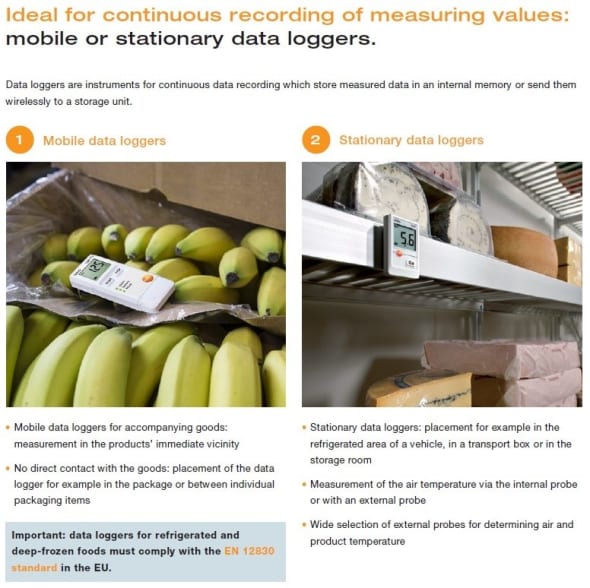Focus on product quality.
Follow articleHow do you feel about this article? Help us to provide better content for you.
Thank you! Your feedback has been received.
There was a problem submitting your feedback, please try again later.
What do you think of this article?
Food safety and food quality are two of the most important keywords in terms of food processing and distribution. The term food safety mainly refers to the requirements (including those made by legislators) for the protection of consumers against any harm to their health, while the term food quality rather covers the requirements and definition of the customer. Product quality is a perceptible customer benefit and awakens the desire to purchase the product again.
However, it is difficult to make a clear distinction between the concepts, because various points are to be found in both areas. The term food quality will also often be used below as an umbrella term for food quality and safety. Food producers and the food trade have the task of protecting consumers against harm or damage to their health and of guaranteeing the safety of foods. The sale of foods which are not marketable, qualitatively compromised or unsafe can result in severe damage to the image of the affected companies.
According to the 178/2002 basic regulation, “marketability” means that foods are
- not injurious to health and
- fit for human consumption.
Products which are not deemed to be perfect are for example ones which are not spoiled and are still edible, but do not meet the required standard in terms of their appearance. This may be a lettuce which has become limp and no longer looks appetizing to the purchaser. Foods are no longer safe, when they are for instance spoiled. This can lead to nausea, diarrhoea, etc. in the consumer. Because the quality and safety of foods can be negatively affected by the wrong temperature, monitoring the temperature of products which are subject to the cold chain is a central building block in assuring the required quality and marketability.
When using data loggers:
What is it best to measure and where? It is above all the air temperature which is checked in freezers and deep freezers. If these are controlled using spot check measurement, this should be determined using a suitable air probe, preferably near the air recirculation.
This is where the air is warmest in the (deep) freezer. If the appropriate temperature is measured here, the freezer can be assumed to be working properly. In order to check whether the cooling capacity is sufficient and to ensure the correct product temperature, a further check of the surface temperature of the refrigerated goods is recommended using an infrared thermometer. The use of data loggers with several input channels is recommended for the long-term temperature monitoring of (deep) freezers: one probe measures the air temperature at ground level, another at the maximum load line and a third at the air recirculation. Long-term temperature monitoring is obligatory for all refrigerated and deep-freeze storage areas which are larger than 10m3.
A data logger can be used for this. A suitable measuring interval is 15 minutes (e.g. according to EN 12830). The optimum temperature range for the relevant area can be monitored by means of limit values.
Depending on the design of the data logger, the stored temperature data can then be read out either manually or automatically. WiFi data loggers minimize the manual effort involved in temperature monitoring. These automatically send the measured data to a data store where they can then be easily accessed via PC, tablet and smartphone. Where there are violations of limit values, there is also an alarm notification to enable corrective action to be taken as quickly as possible.
Temperature mapping is recommended to ensure optimum placement of the data loggers at the critical points of the refrigerated rooms and storerooms. There are special service providers for this as well.
More information at www.testo.com
Mobile Data Loggers:
- Testo 184 T1 – 90 Days Single use (851-3456)
- Testo 184 T2 – 150 Days Single use (851-3450)
- Testo 184 T3 – Unlimited with replaceable battery (851-3469)
- Testo 184 H1 – Temp & Humidity - Unlimited with replaceable battery (851-3466)
Stationary Data Loggers:
- Testo 174T – 1 Channel -30 to +70 °C (712-5465)
- Testo 174T – 1 Channel + USB Dock (712-5468)
- Testo Saveris 2 – WiFi Logger (876-5483)




Comments